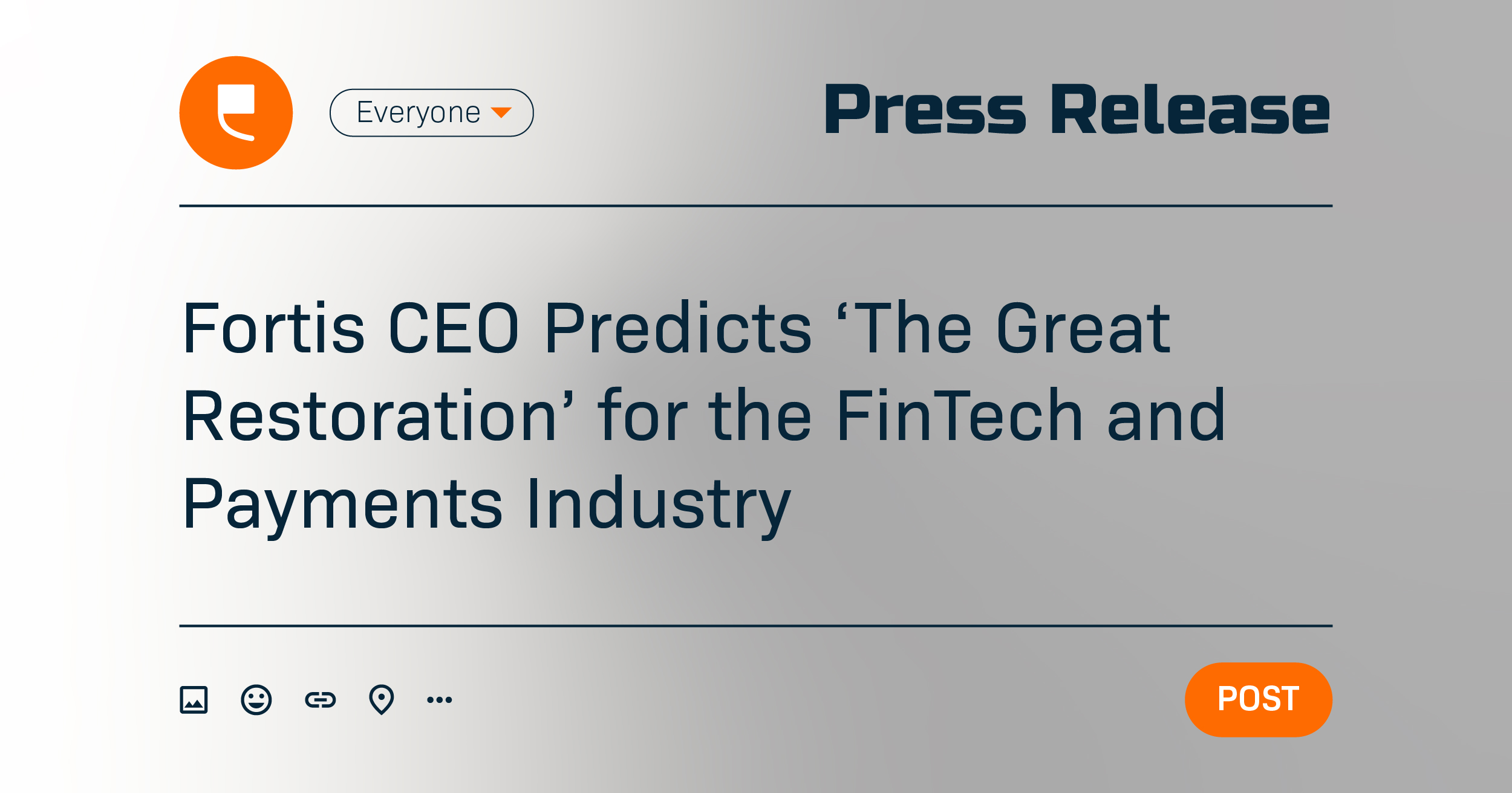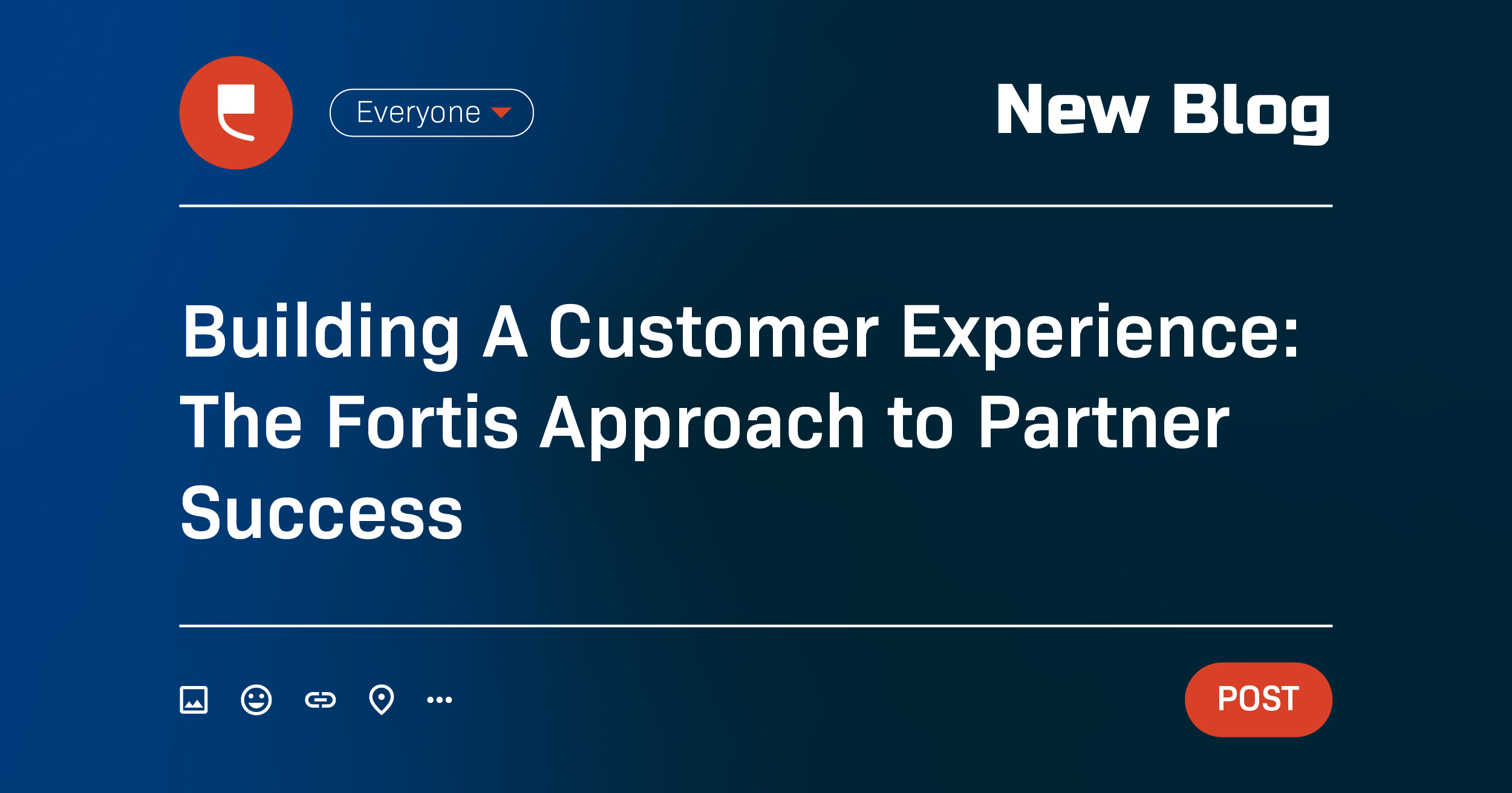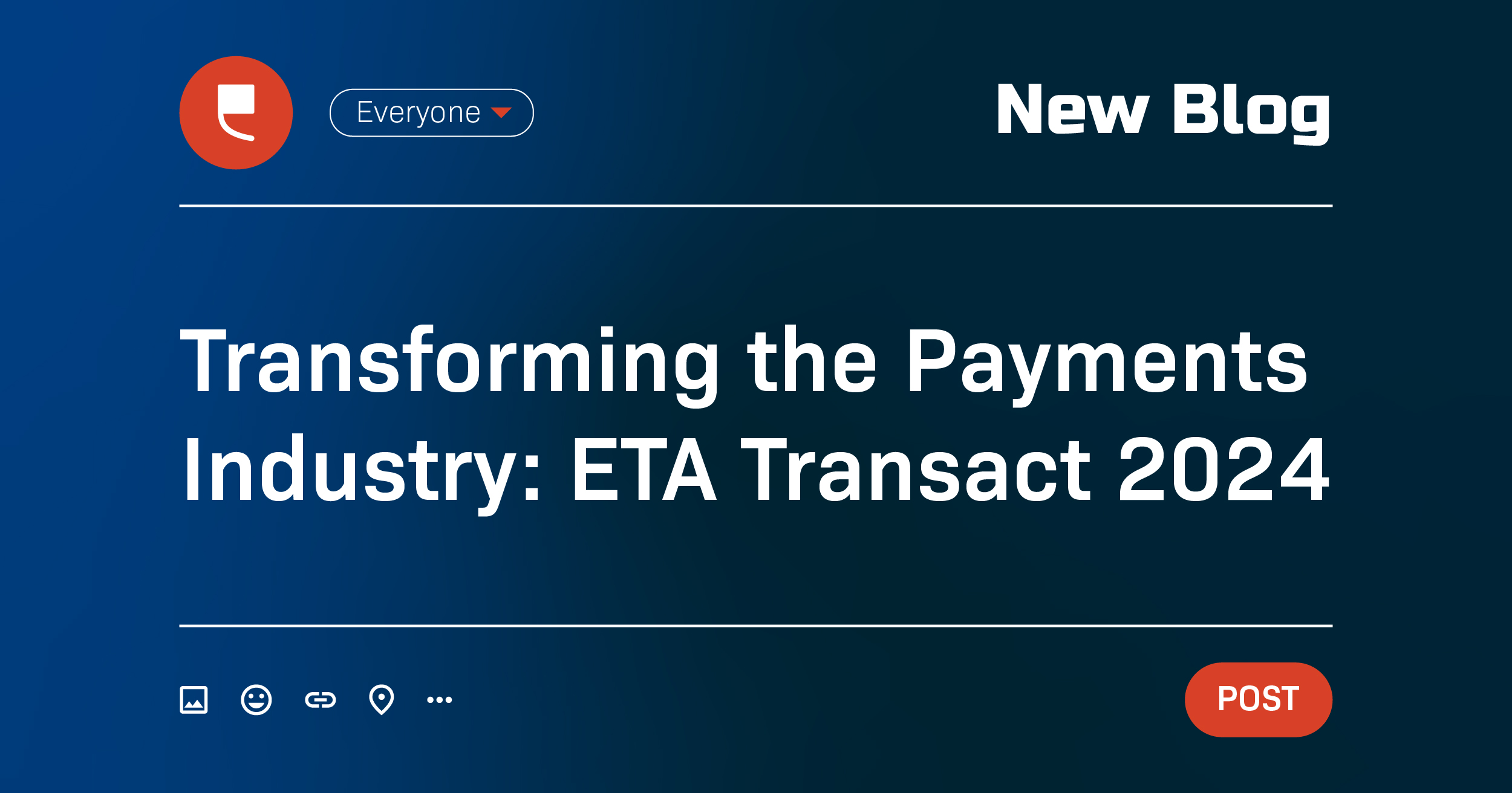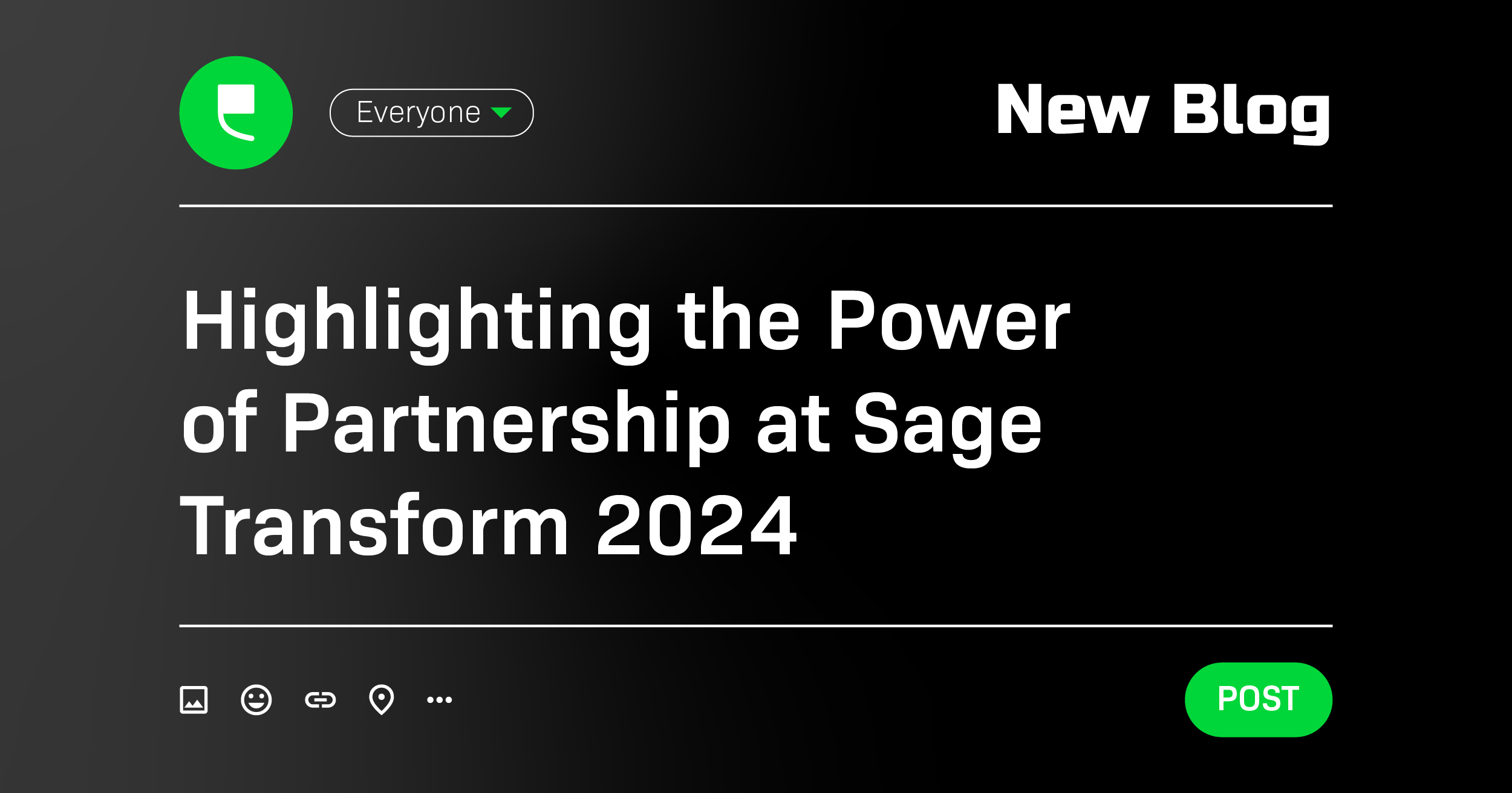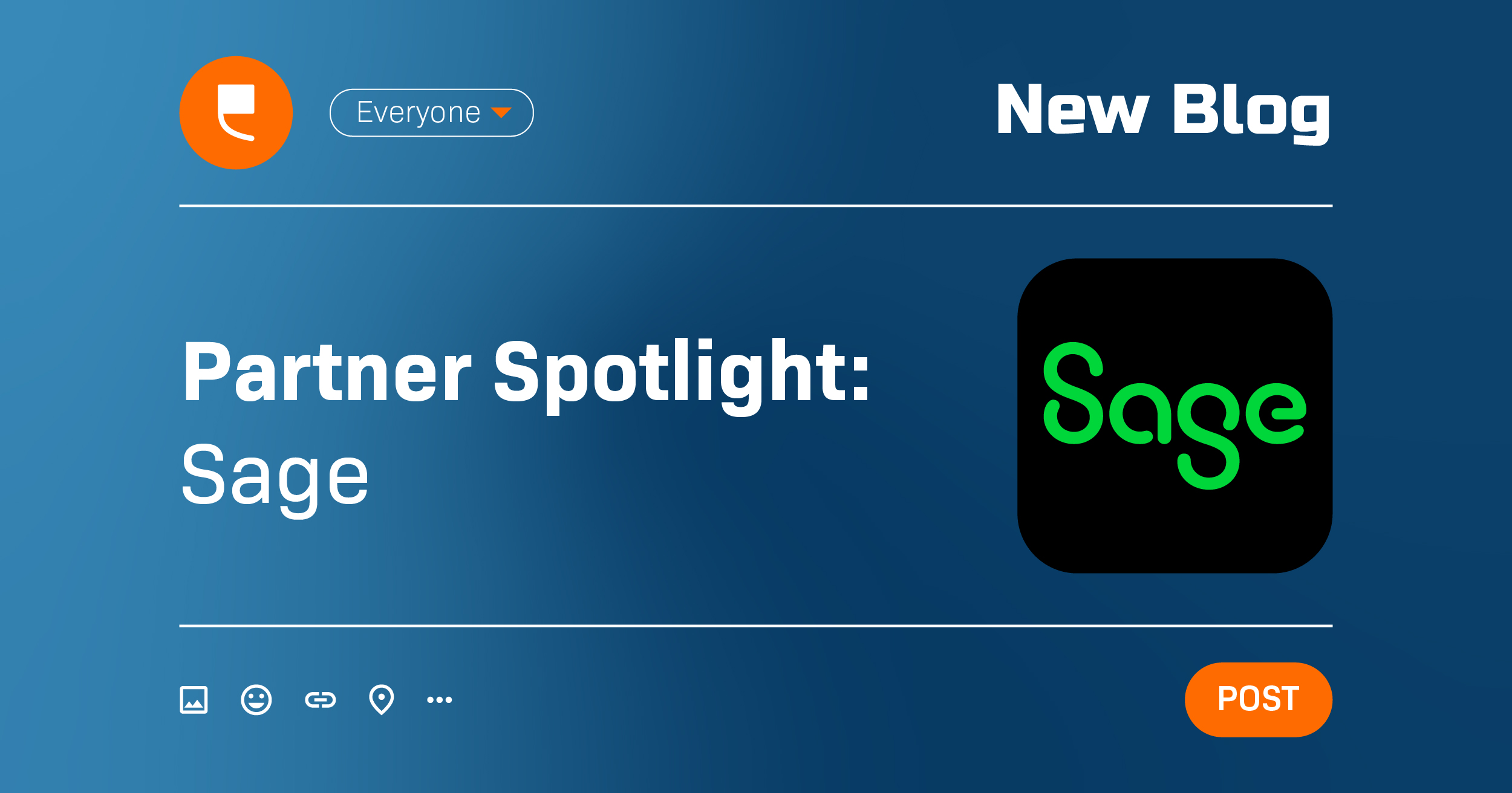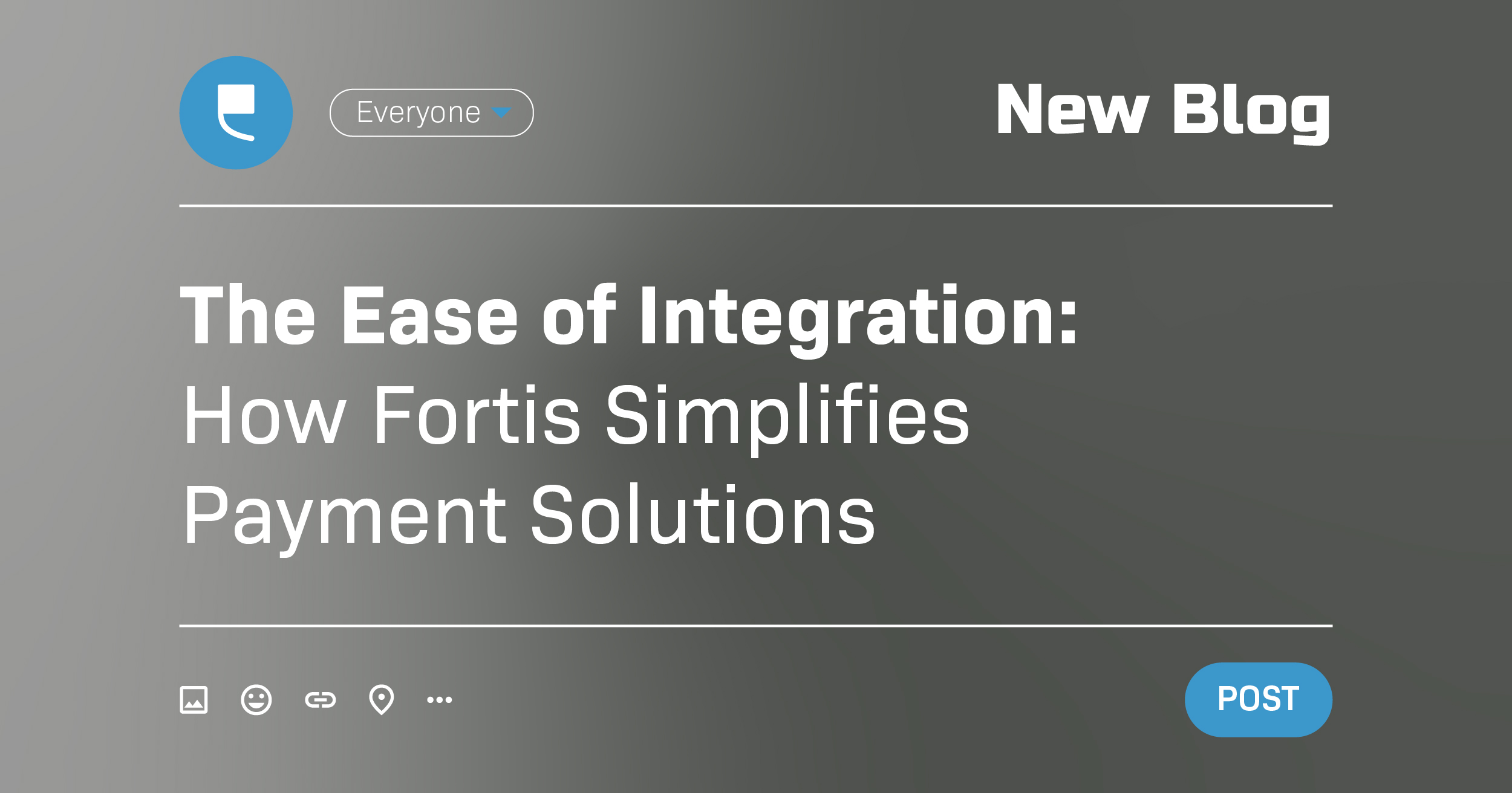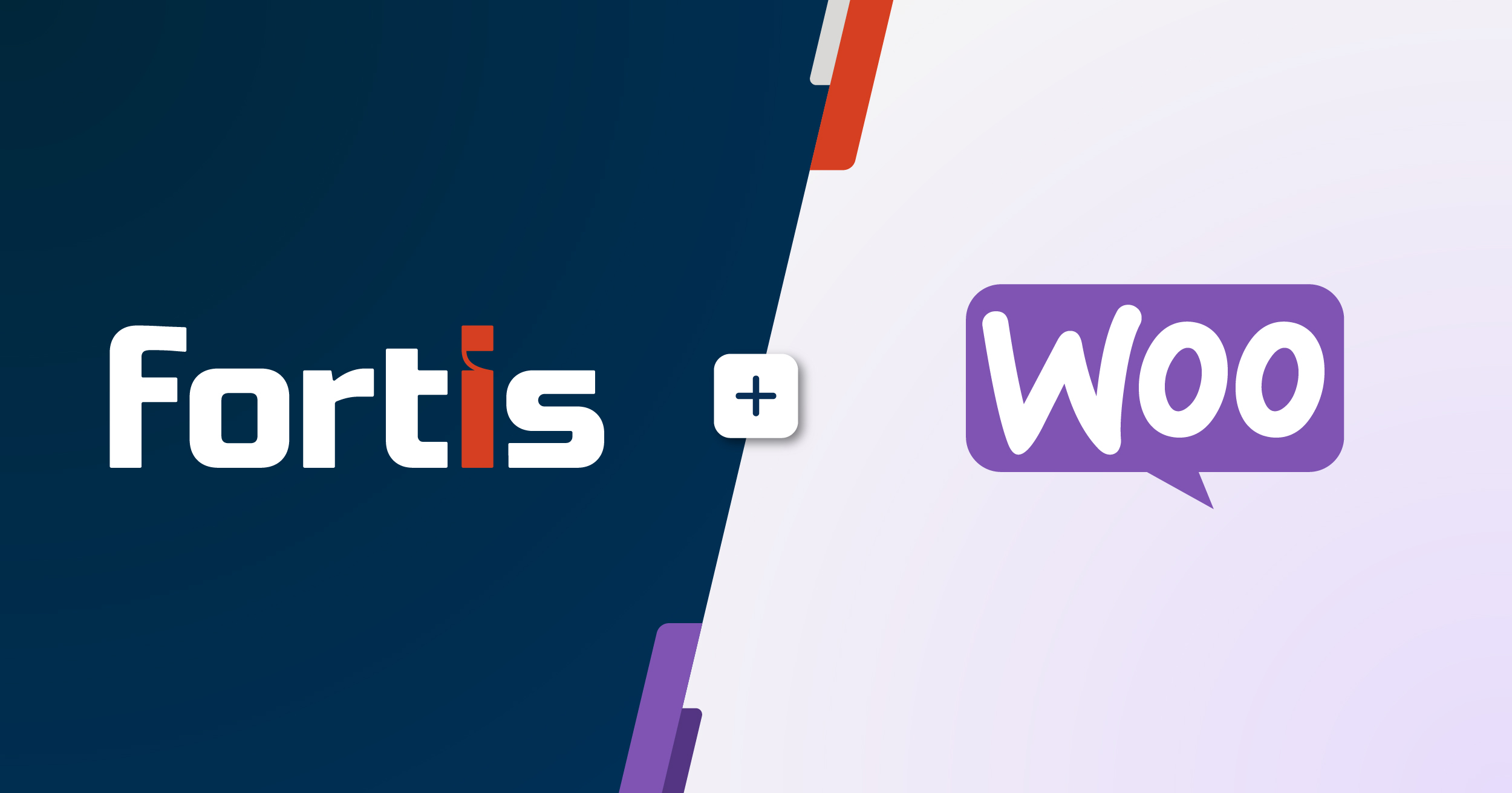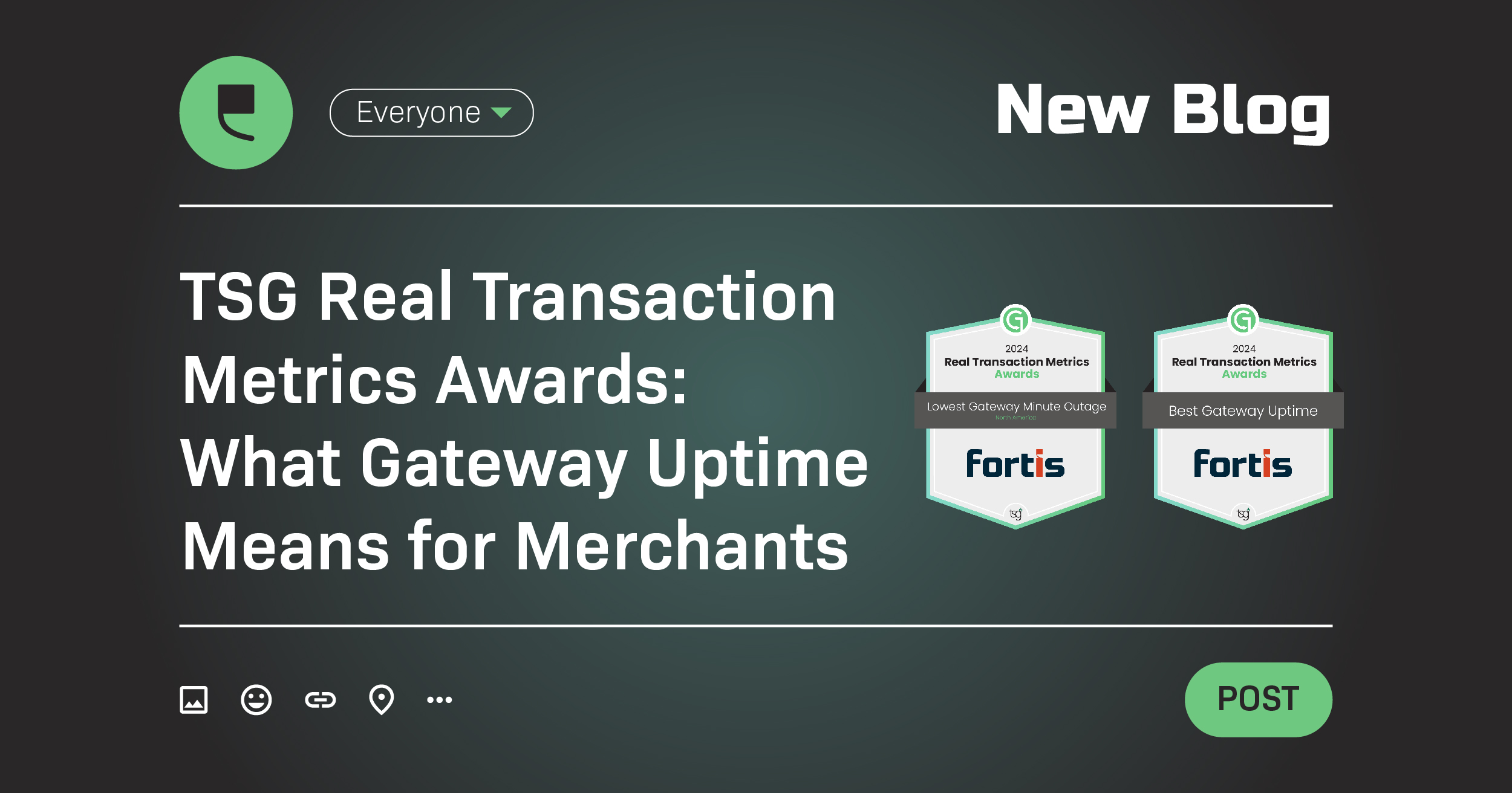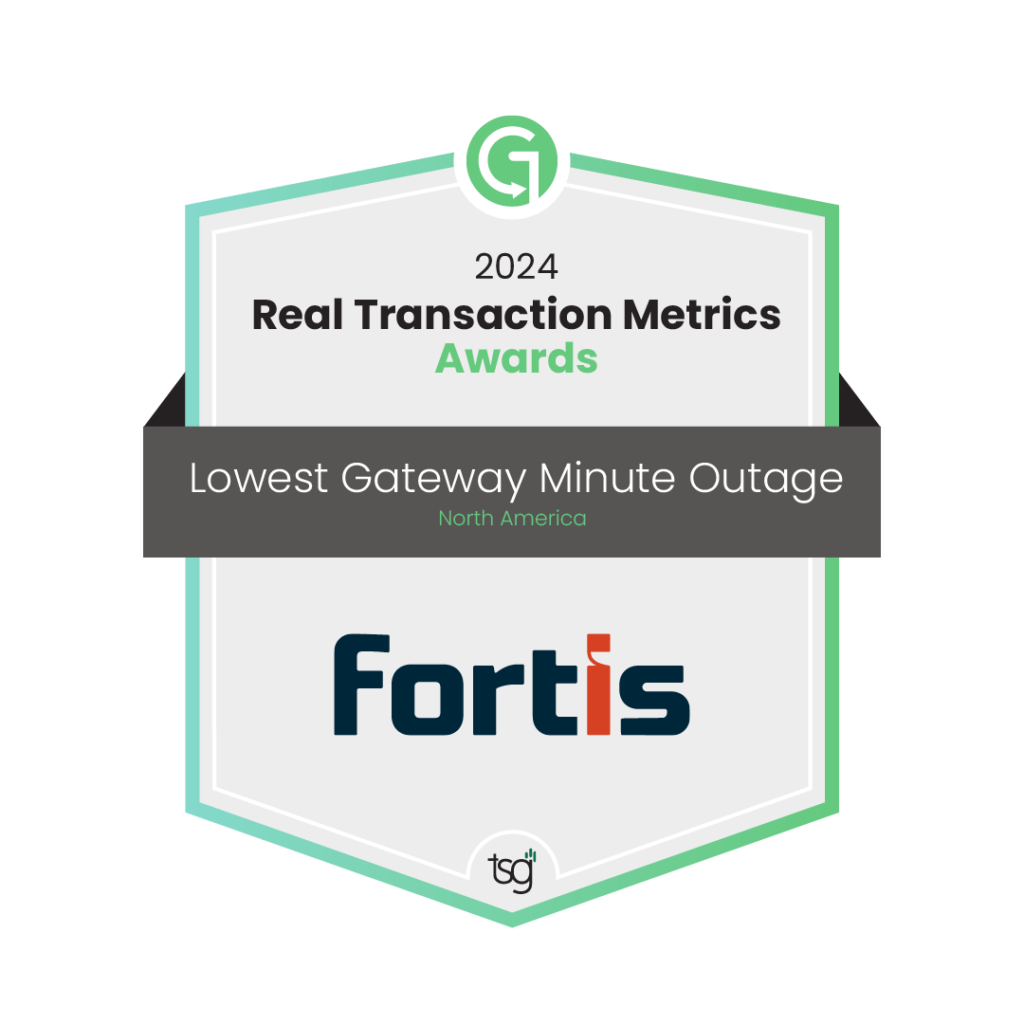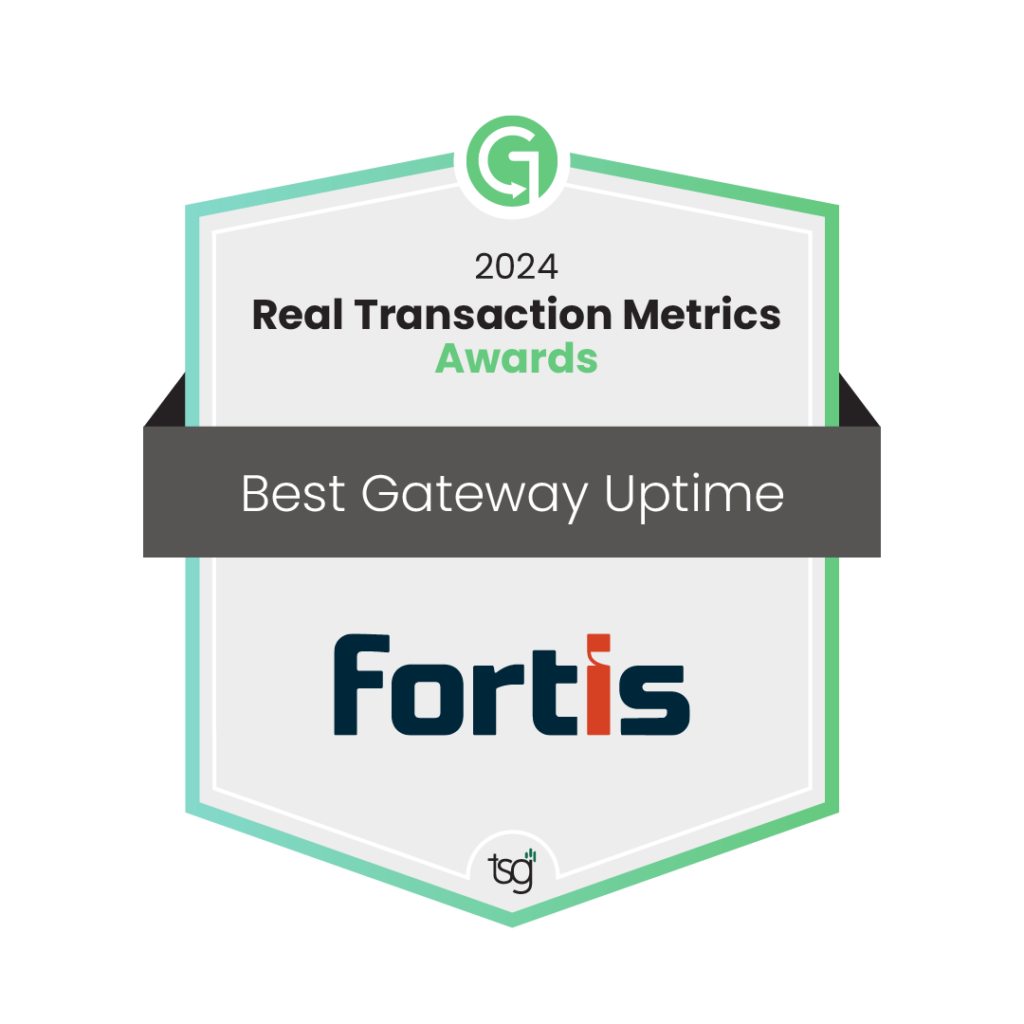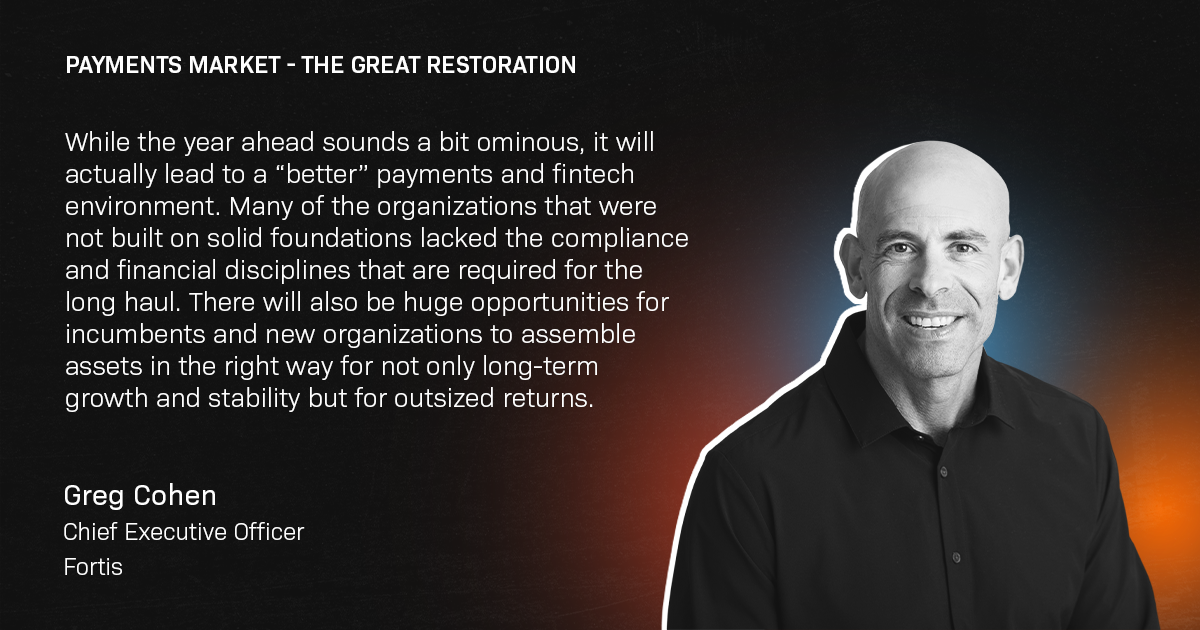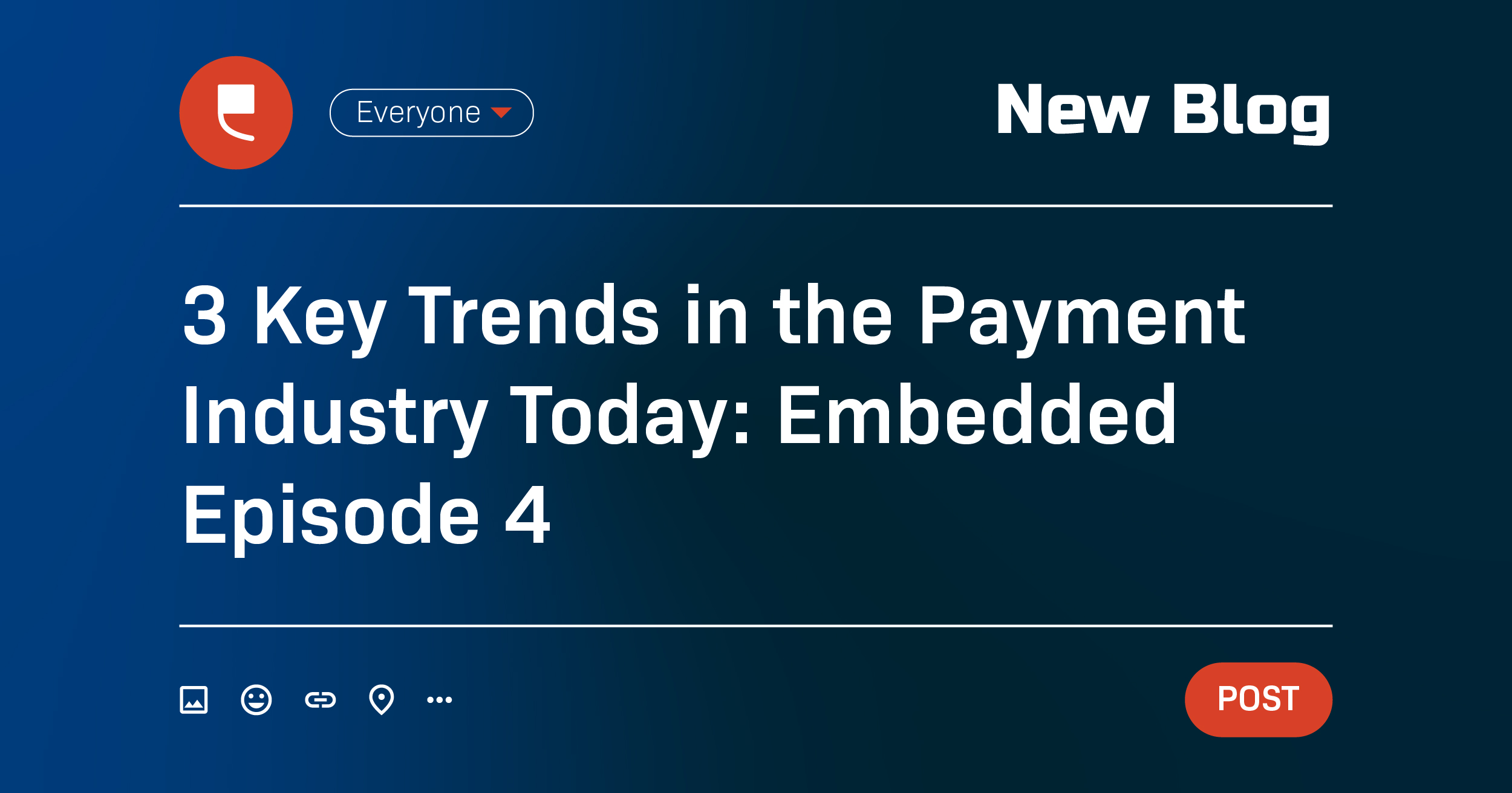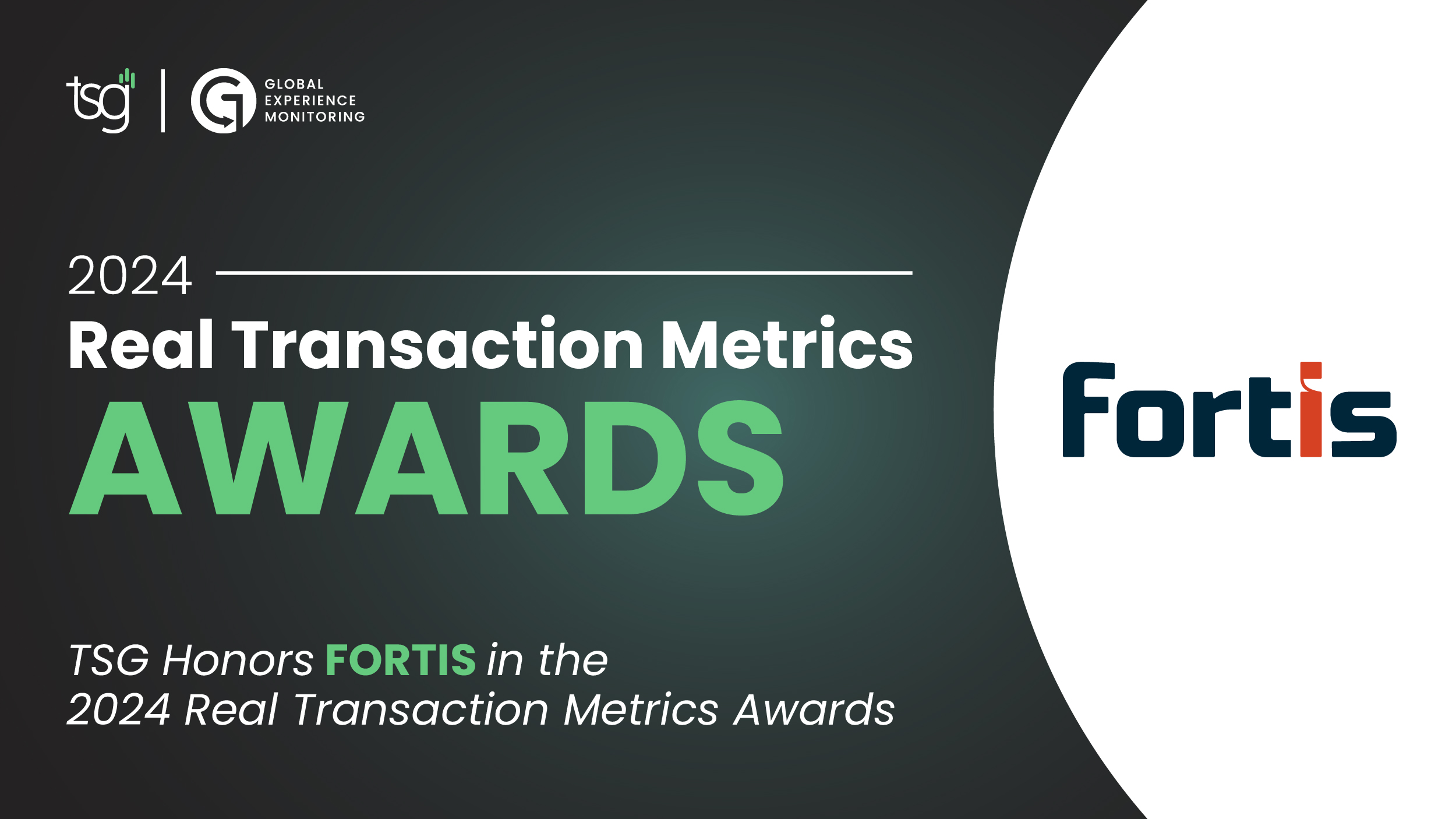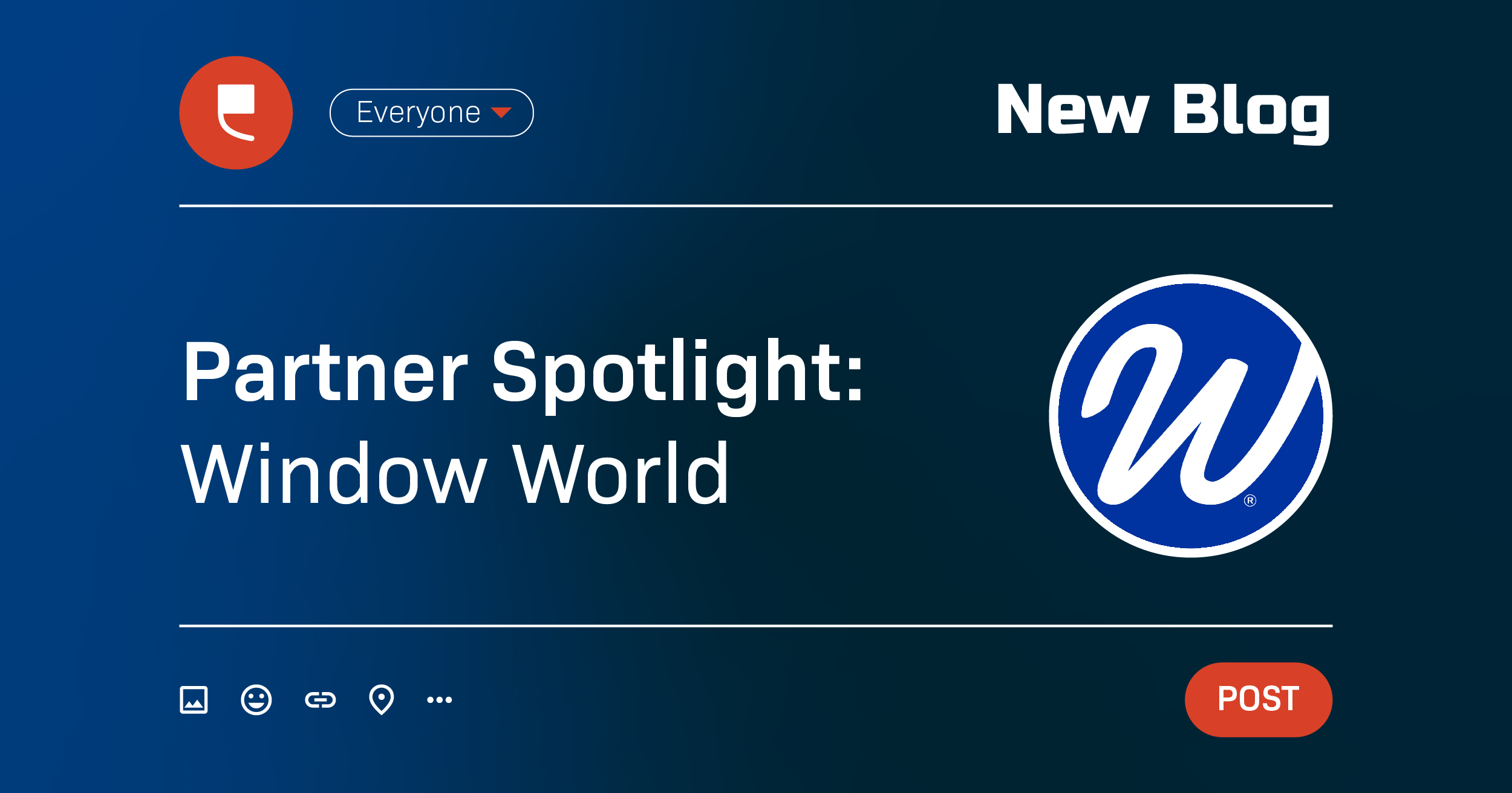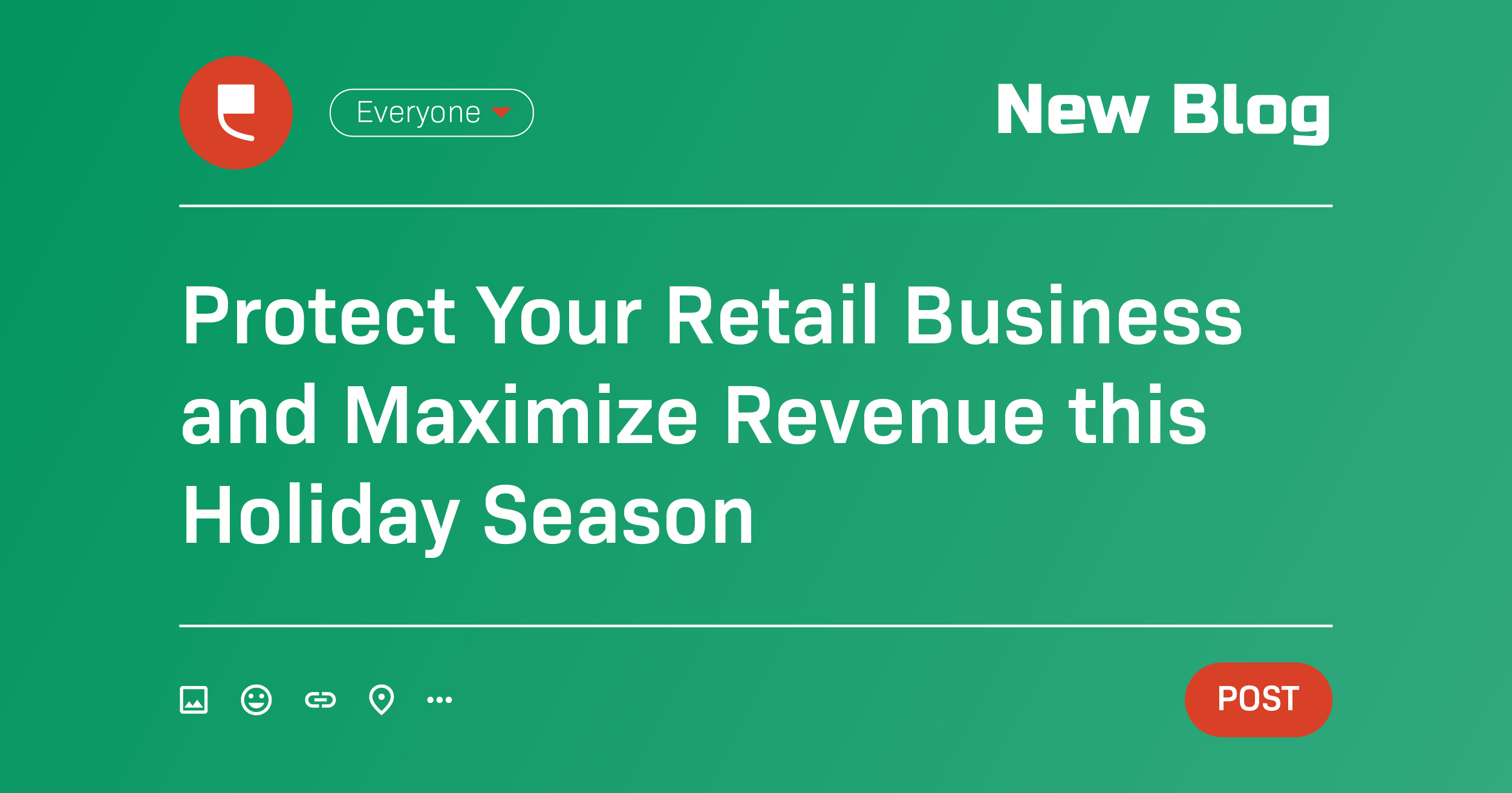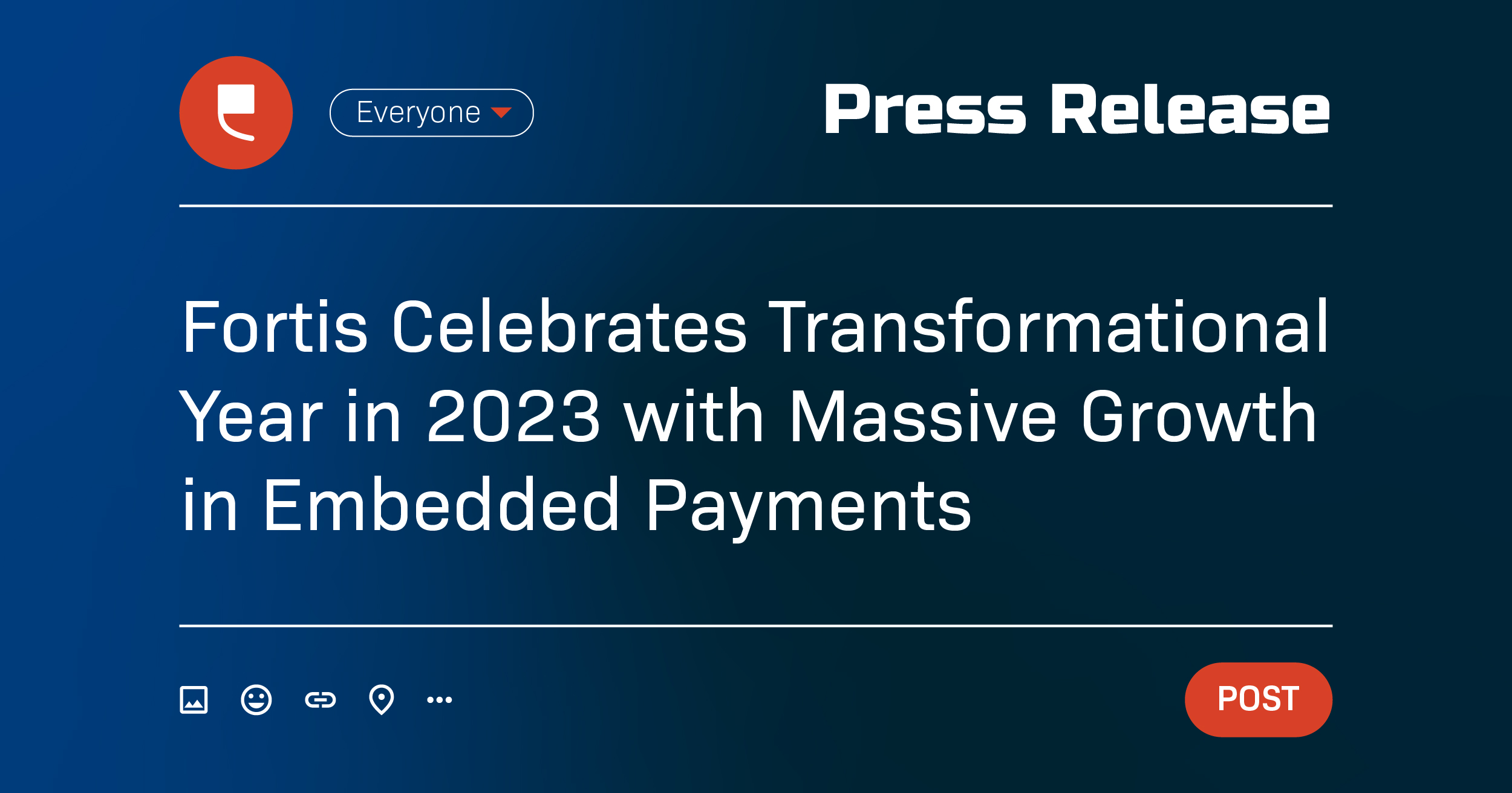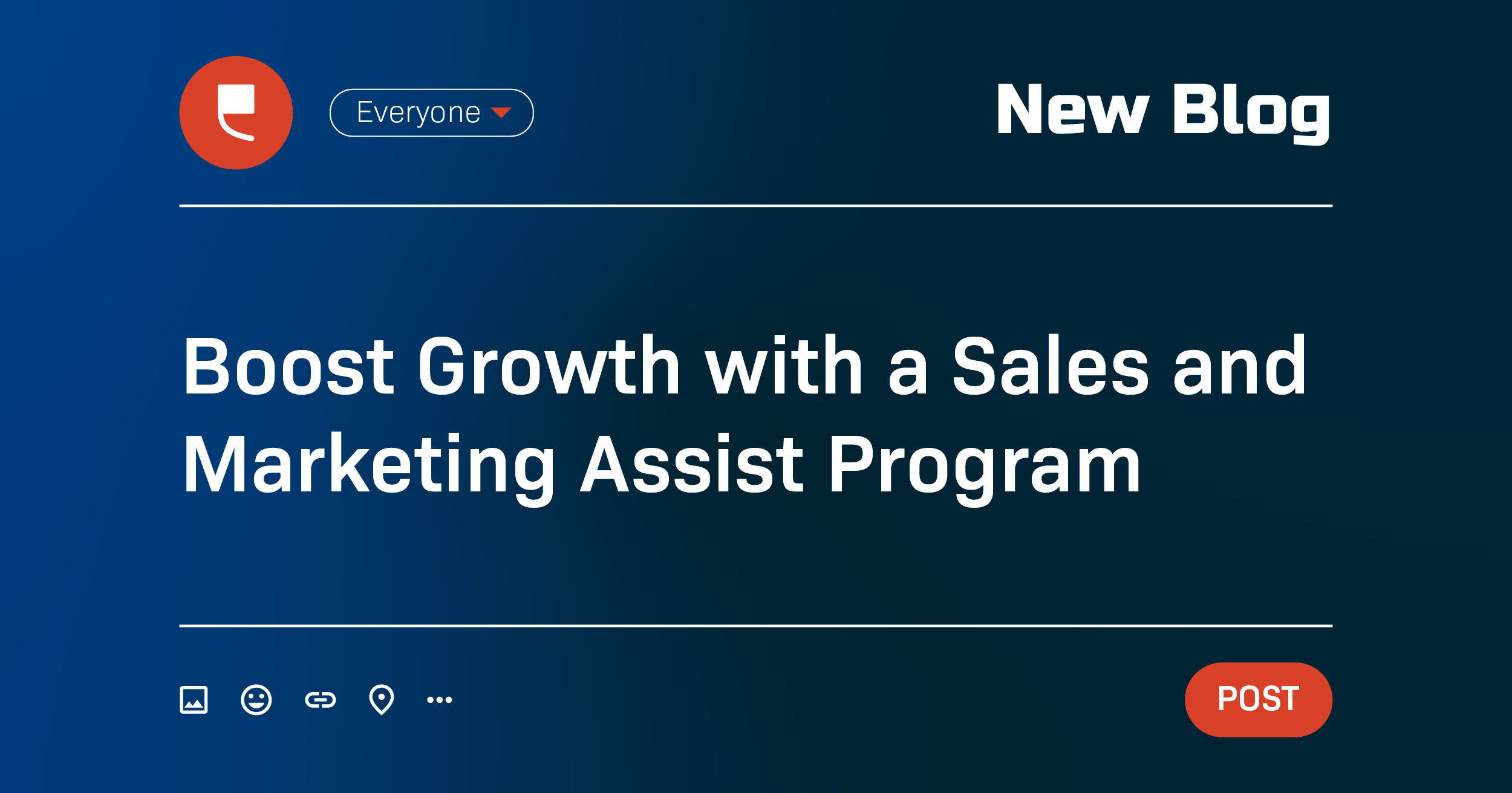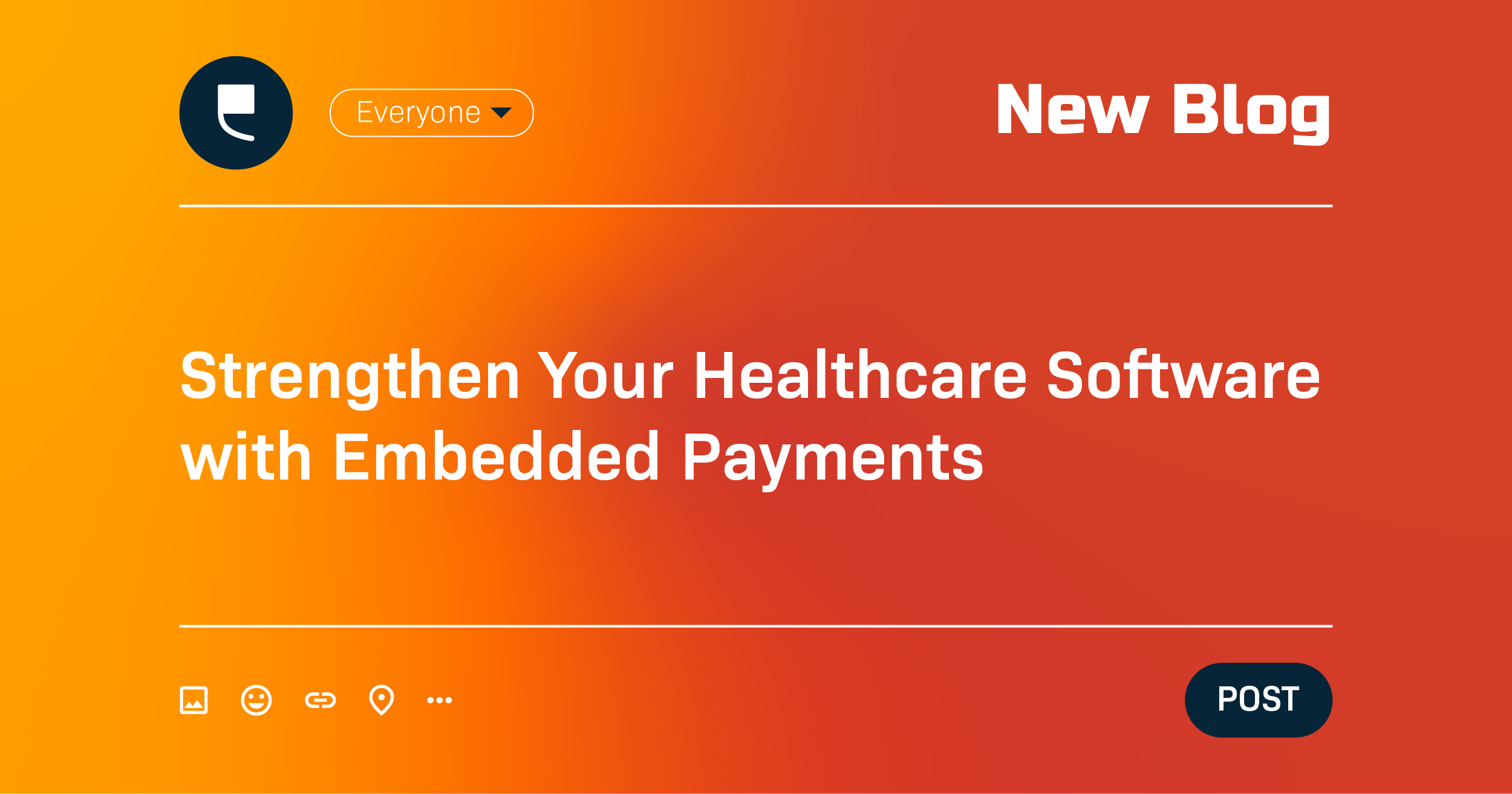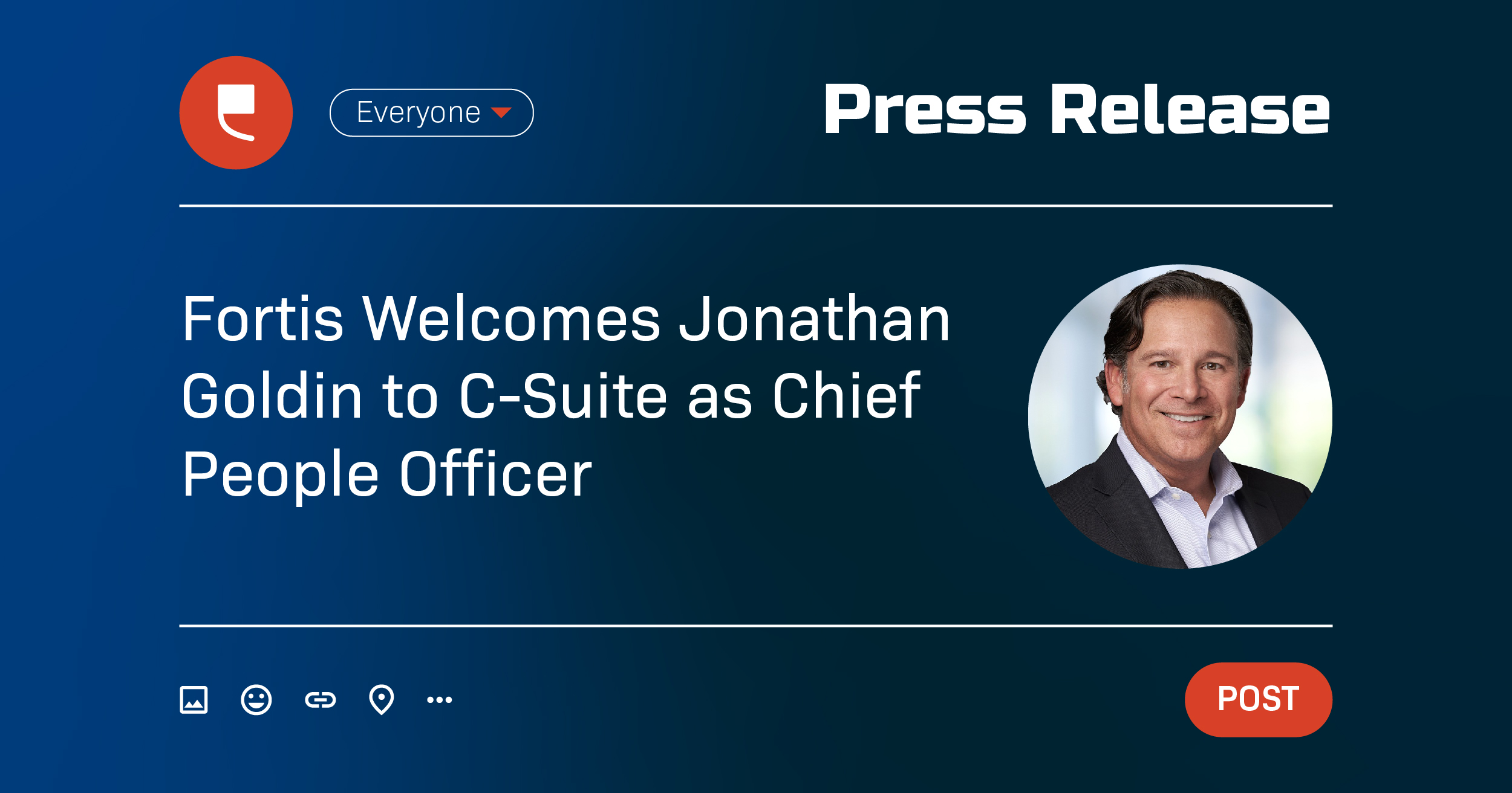Embedded payments leader lays out the future for FinTech after a period of hypergrowth.
PLANO, Texas, May 15, 2024 /PRNewswire/ — Fortis, a payment and commerce technology leader for software providers, marketplaces and scaling businesses, shares CEO Greg Cohen’s predictions on the future of payments and financial technology amid significant industry shifts with the beginning of what Cohen has coined “The Great Restoration”.
After a long period of rapid investment and growth, payment and financial technology companies must transition towards a more sustainable and profitable business model, leaving behind supersized valuations, irrational business models, and free-flowing investment funnels. According to E&Y, there are more than 50,000 existing VC-backed startups which need to sort out high valuations and low liquidity. Many businesses now find themselves ill-equipped to build lasting business models.
“The coming months will be crucial for the future of payments. Companies that are built on a solid foundation and embrace focus, discipline, and strategic growth will be well-positioned to weather the storm and emerge stronger; others will find these times a real challenge,” says Cohen.
Recent headlines confirm this trend. Valuations in the payments industry have dropped significantly, some by as much as 50%, with even established players experiencing depressed valuation multiples not seen since the post-financial crisis era. While experts don’t anticipate further interest rate hikes, a return to the low rates of 2021 is unlikely. Combined with increased regulatory scrutiny and a challenged fundraising environment, general investment sentiment in financial technology has soured. These challenges have already led to FinTech failures, M&A activities below capital raise levels, and depressed market valuations across a spectrum of segments.
Looking ahead
Akin to the aftermath of a natural disaster, the industry finds itself in a restoration period. The weaker homes and businesses are wiped away, but structures with solid foundations mend their fences and move forward with renewed respect for their infrastructure. Replacement homes are built to new, updated codes, and fortified to withstand the demands of the new world.
Similarly, scaled incumbents have shut down or shed non-core assets. The industry is seeing weaker businesses be filtered out while established players are doubling down on core competencies and building strong financial discipline.
“The Great Restoration” forecasts several trends to come:
- More Cash Struggles – Thousands of cash-burning businesses will need capital, prompting a strong push from boards and investors to show profitability. These companies must carefully manage their operating expenses while exploring ways to improve margins from existing customers.
- More Divestitures – Organizations will prioritize their core business operations and, due to limited equity or cash availability, will need to divest non-essential assets.
- Rise in Mergers and Acquisitions – Strategic shifts within businesses will lead to softer valuations and discussions around relative value, creating opportunities for mergers and acquisitions among industry players.
- More Failures – Cash-strapped organizations without a buyer or investor will result in a shutdown of business operations.
- Emphasis on Sustainable Business Models – The “growth at all costs” or “grab some users to get the next funding round” models will no longer be tolerated by boards and investors. Companies will need to launch business lines with a hard look at break-even and ROI.
- Increased Focus – Payments and fintech firms will concentrate on their core competencies and drive profitability from core operations before expanding into new areas. Gone are the days of pursuing multiple sub-scale ventures simultaneously for capital and resources.
“We’re just at the beginning of the Great Restoration – some will make it, some won’t. Be really wary of your partners, as great changes are ahead in the next year-to-year and a half,” says Cohen.
Silver Lining
Ultimately, the Great Restoration will create a more resilient payments and FinTech ecosystem. Businesses built on solid foundations with proper compliance and financial disciplines will remain strong. And opportunities will arise for established players and new entrants to find some strategic assets to acquire, foster long-term growth, and deliver outsized returns.
To stay up to date on ‘The Great Restoration’, visit us at fortispay.com and follow Greg on LinkedIn.
###
Press Contact
Oliver Stephenson
Oliver.Stephenson@fortispay.com
Greg Cohen, Fortis CEO
Currently serving as the Chief Executive Officer of Fortis, Greg is a recognized payments and financial technology industry leader with a history of building high-performing teams and driving growth at numerous FinTech organizations. He is the past president of the Electronic Transactions Association and former member of MasterCard, Discover and NACHA advisory boards. As CEO of Fortis, he is responsible for the strategic direction and business operations of the embedded payments company. Fortis’ mission is to create amazing commerce experiences in partnership with software providers, and under Cohen’s leadership, the organization has grown over 10x.
About Fortis
Fortis delivers comprehensive payment solutions and commerce enablement to software partners and developers, processing billions of dollars annually. The company’s mission is to forge a holistic commerce experience, guiding businesses to reach uncharted growth and scale. As the solution of choice for the future of payments, Fortis moves commerce closer to invisible with a proprietary platform that supports and strengthens the commerce and payments capabilities of software partners. For more information, visit fortispay.com.

